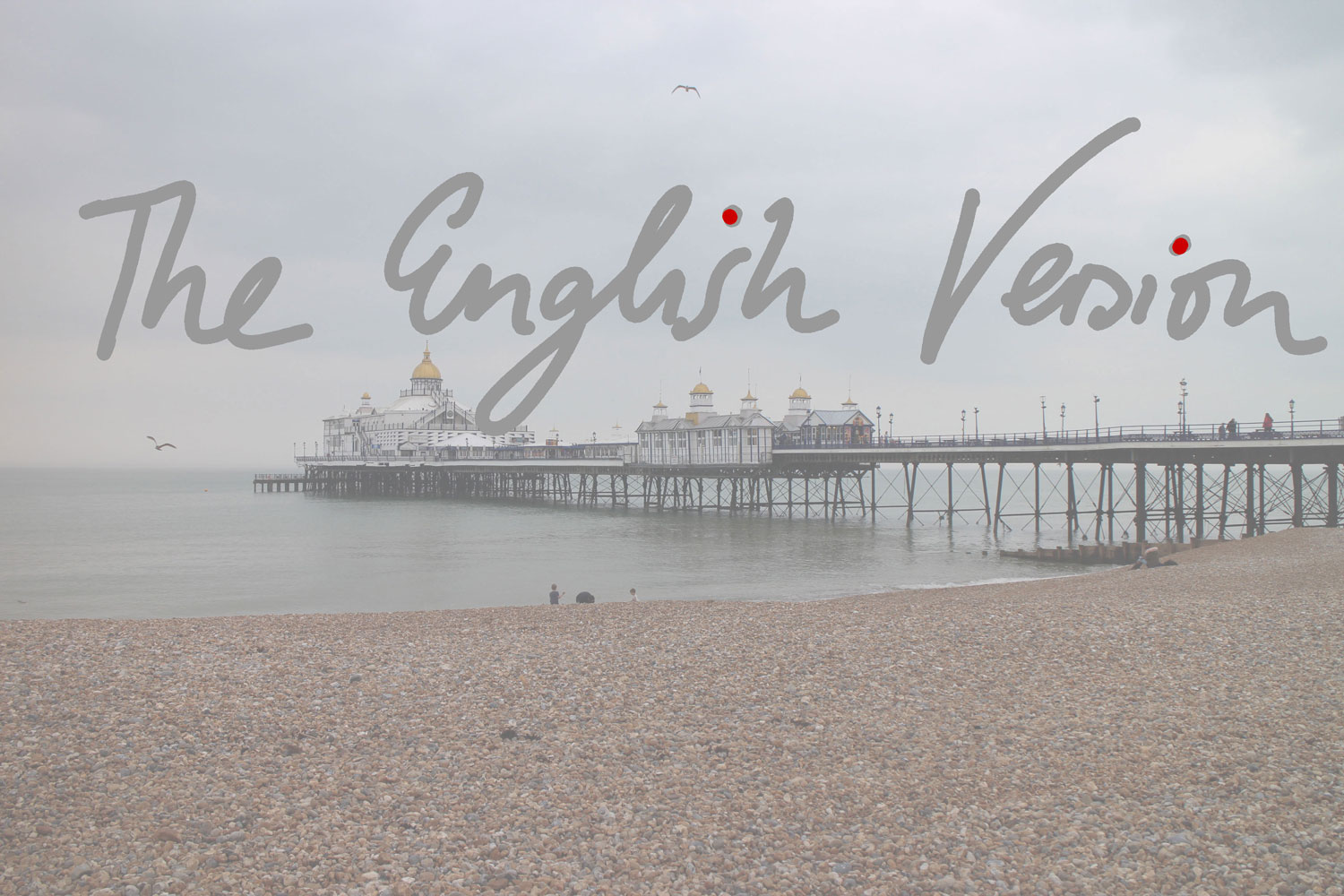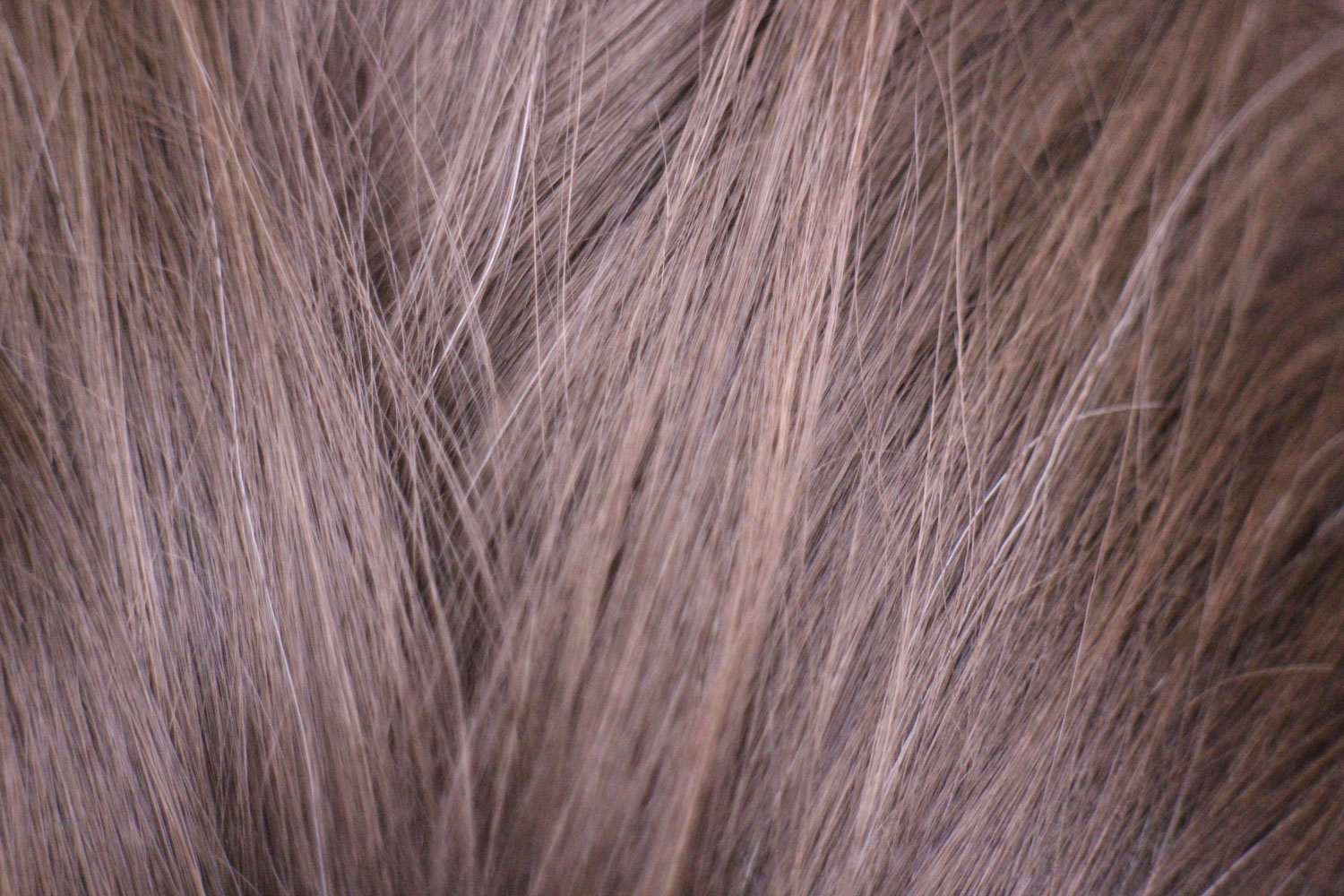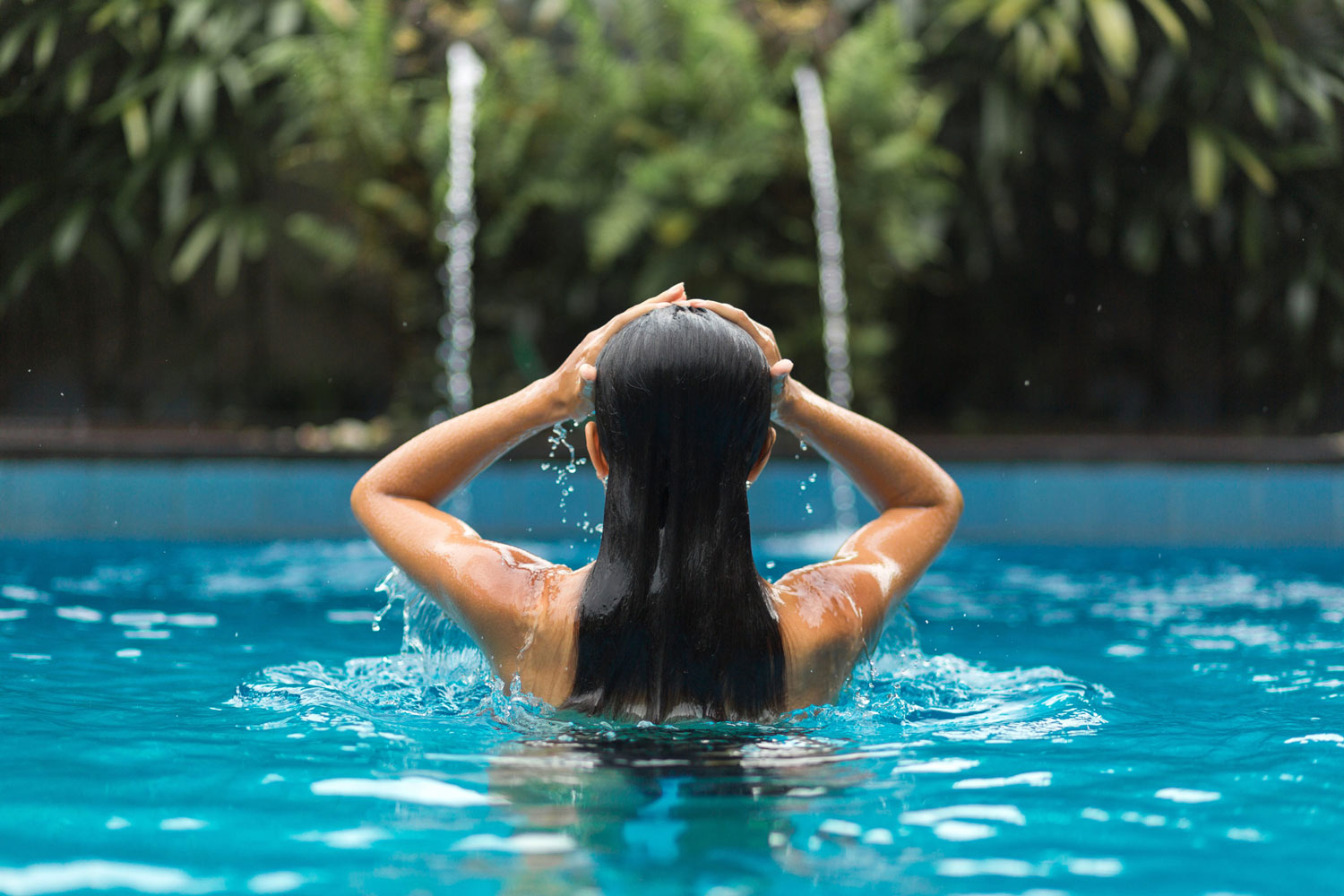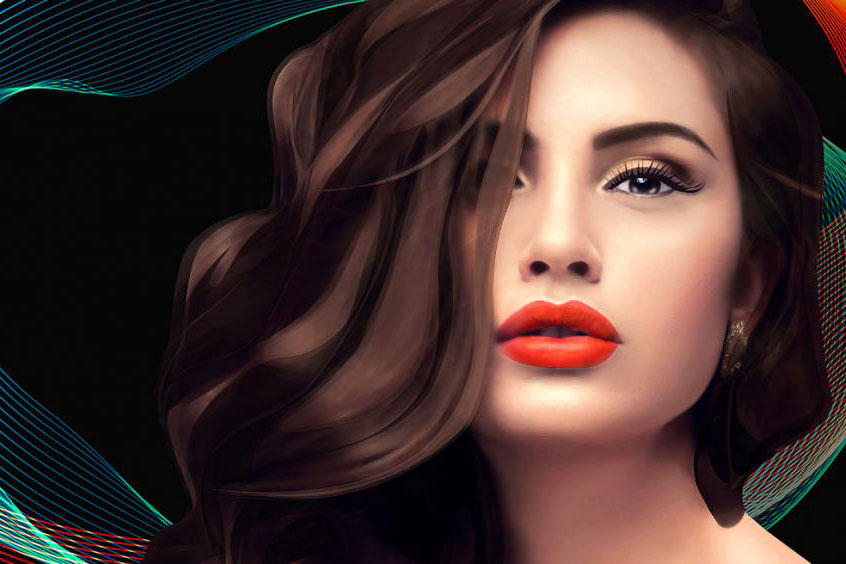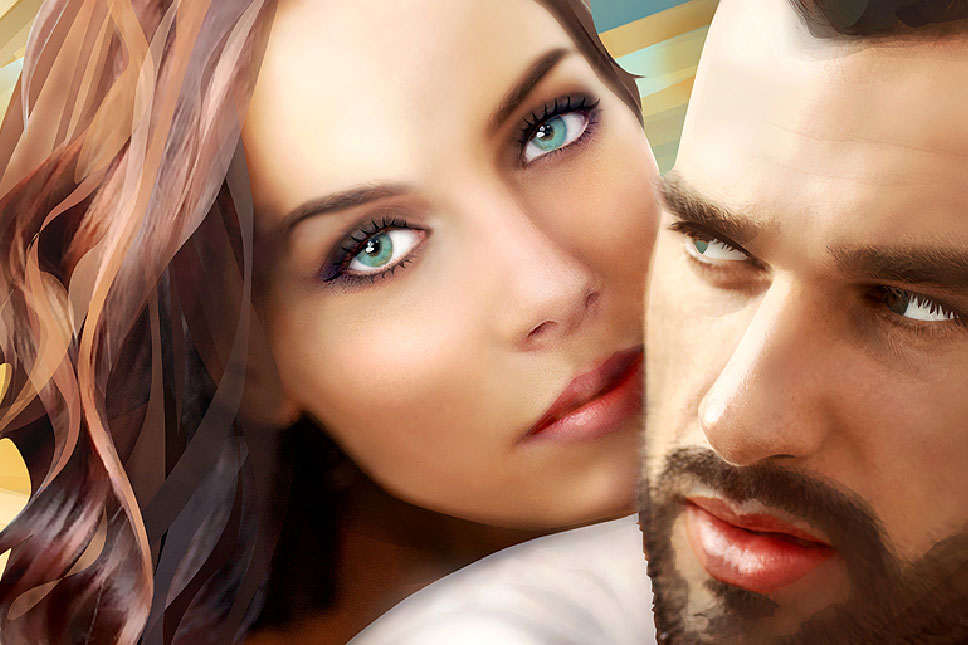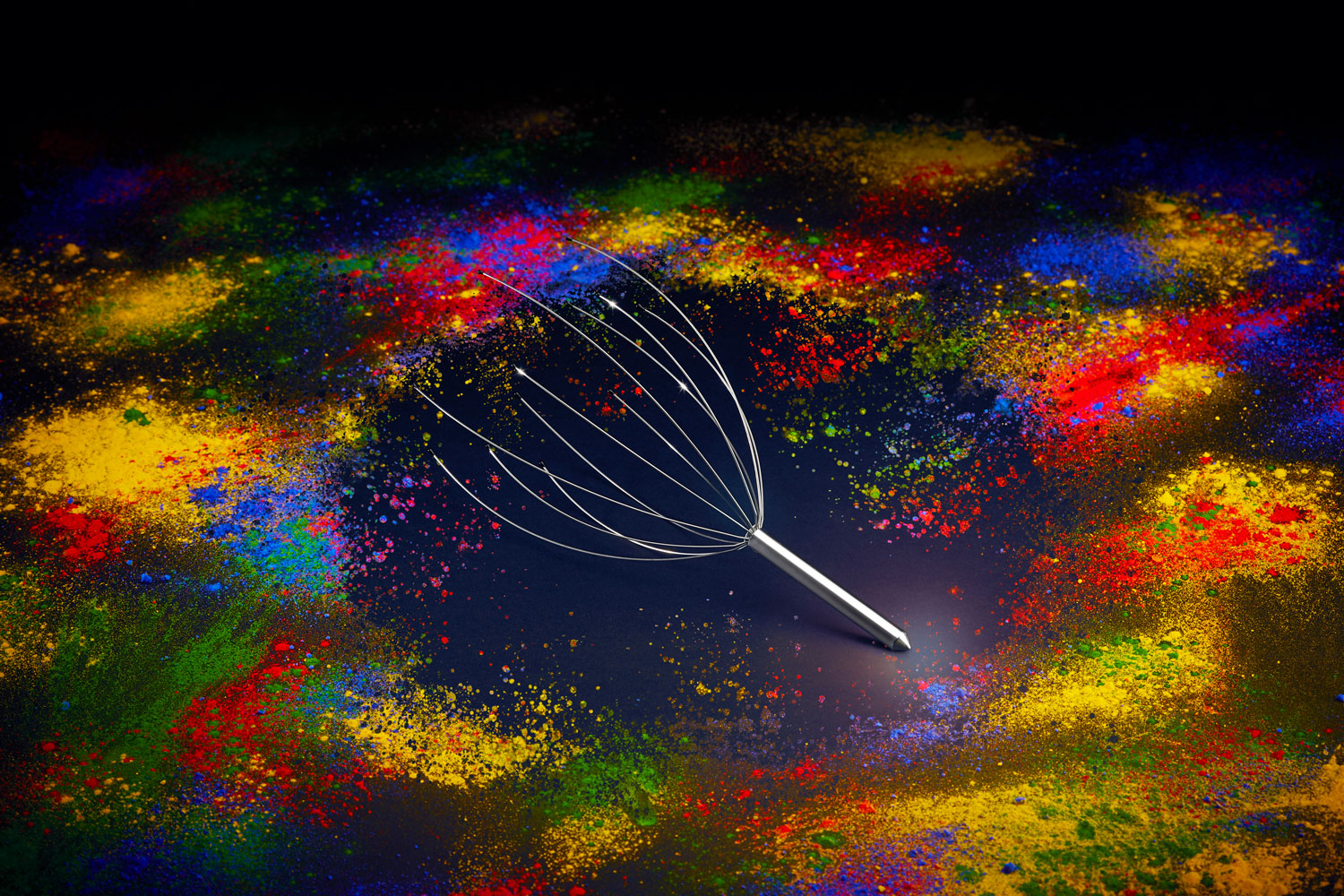This is a translation of my German blogpost Hinter den Beauty-Kulissen… ProTec Ingredia GmbH Proudly Presents: Neun haarige Fakten. Enjoy!
In cooperation with Pro Tec Ingredia // The selection of hair care products in drugstores and perfumeries is large and comprises many different categories. Besides shampoos and conditioners, beauty brands are offering hair masks, serums and intensive treatments to cleanse, moisturise or repair the hair. There are also permanent and temporary hair colourants and a very wide range of hair styling products.
This massive product choice already indicates the important role that hair is playing in our everyday life – a role that extends far beyond its mere physical presence. In this chapter of my Beauty Soap, we are learning nine interesting hairy facts to help us understand what we can do to make our hair shinier and more beautiful.
Hair offers protection and opportunities for self-expression
When the hair salons closed down during the pandemic it had a direct effect on the mental health of many people – our hair has a strong psycho-social influence. Whether we are wearing our 100.000 to 150.000 individual hairs short or long, or what colour they are can reflect who we are or who we want to be. However, hair also has a physiological function: It protects the surface of the head (including the brain) from cold or UV radiation and helps to regulate body heat.
Hairs are threads of horn
Hair belongs to the so-called “skin appendages” (just like nails or sweat glands, by the way). The hair shaft doesn’t contain blood vessels or nerves but instead is composed of dead cells. These are produced by the roots of the hair deep inside the scalp and are then slowly pushed to the top so they extrude from the skin. 90% of these horn threads are made of keratin, the amino acid chains are twisted like a spiral. Whether the hair is straight or curly depends on its cross-section: Curly hair has an oval shape while straight hair has a round shape.
Hair is composed of three layers
- At the core of the hair shaft is the so-called medulla (the marrow of the hair) which is a loose, non-pigmented cell layer.
- The cortex is a fibre layer that is wrapped around the medulla and accounts for around 80% of the volume of the individual hair. The cortex gives the hair stability and its colour – it also contains melanin (colour pigments). The keratin fibre bundles (or spindles) lie within a bonding substance and are connected e.g. by disulfide bridges.
- The outermost layer of the hair – the cuticula – is also called the cuticle layer. The cuticula protects the hair against damage and moisture loss. Like in a pine cone, the flat, horny cells are layered on top of each other in an overlapping pattern. When the hair is healthy, its surface is smooth and reflects light, resulting in shiny hair.
Hair doesn’t really like water (at least not from the outside)
One of the things you constantly read is that hair needs moisture. That‘s a bit of an oversimplification and can lead to confusion. The hair’s cuticle layer is protected by a coating of lipids to prevent water from entering the hair structure – because once the hair shaft comes into contact with water, it begins to swell up. It is then largely unprotected and can easily sustain damage. That is also the reason why you should never brush or comb freshly washed hair without some sort of moisturising conditioner. Only an intact hair structure protects the 10% water that is contained inside the hair – and this water content cannot be replenished from the outside.
Conditioners are not optional
And here we reach the topic of hair care. Damaged hair can be recognised by its dryness and lack of shine, it is also often limp and breaks easily resulting in split ends. It is difficult to stabilise the damaged fibre layer inside the hair shaft but with the outer-most cuticle layer, things are easier: Conditioners can help seal the surface of the hair – which also makes hair easier to comb.
Conditioners often contain positively charged surfactants and moisturising fat alcohols, in addition to other hair-regenerating ingredients. One example for this type of ingredient is Glucaveen from UK manufacturer Oat Cosmetics. This active is manufactured from oat bran and contains a high percentage of beta-glucan, starch and amino acids which help to strengthen the hair and smooth down the cuticle layers. Glucaveen forms a film on the hair shaft that supports the elasticity and strength of the hair. In addition, the ingredient offers a heat protection effect when styling the hair.
Blow-drying hair is better than its reputation
Speaking of heat protection: Strong heat damages the hair structure so it is important to always use a protective styling product when using hair straighteners or a curling iron. And make sure that your hair is no longer soaking wet when you begin with heat styling.
However, did you know that air drying your hair isn’t necessarily better than using a blow dryer, especially if you have smooth hair? A targeted warm stream of air – like from a hair drier – helps to smooth down the hair shaft’s cuticle layer which in turn makes the hair shiny. You should always blow dry your hair from roots to tips (including when you dry your hair upside down to increase volume).
Hair grows in cycles
The hair follicles that are located at the lower part of the roots produce the horn cells which we only see once they have extruded from the scalp as hairs. The active growth phase of the hair follicles (the anagen phase) lasts from 2-6 years. During this phase, hair grows around 1 cm per month. Directly after the anagen phase, there is a transitional phase (called the catagen phase) which lasts around 2-3 weeks and then a 3-month rest phase (the telogen phase) which is when the hair falls out. Every day, we humans lose around 100 hairs. The cycle repeats itself 10-20 times throughout our life so that hair constantly renews itself.
With SantEnergy™, Mibelle Biochemistry has developed an ingredient that increases hair growth as well as hair density by delaying the ageing process of the hair follicles. The active is based on an extract from the borage plant Yerba santa which is rich in polyphenols and has an antioxidative effect on the hair follicles by protecting them from oxidative stress. As a result, the number of hairs during the anagen phase increase by around 30% whilst hair in the telogen phase is decreased by 20%.
Melanin is responsible for different hair colours
Blonde, red, brown or black: The individual hair colour depends on how high the melanin (colour pigment) content of your hair is. During the ageing process, melanin levels in the hair are also decreasing which causes the hair to turn grey and eventually white. There are different reasons why hair turns grey, including an individual‘s genetic heritage and lifestyle choices. Emotional stress, for example, can cause the body to emit the hormone noradrenalin which turns hair grey more quickly.
This is where Swiss company Mibelle Biochemistry’s MelanoGray™ ingredient comes in: The complex is based on tangerines from the Greek island of Chios and reduces the negative effects of noradrenaline whilst at the same time increasing melanin production. As a result, the ratio of grey to non-grey hair is increased by over 20%.
Scalp and healthy hair are closely connected
For a long time, the scalp was largely neglected in the world of hair care – except for when it became troublesome, for example by developing dandruff. Generally, our scalp doesn’t differ much from other areas of body skin except for one thing: It has a lot more hair roots. Whether your hair is healthy also depends strongly on your scalp. Healthy hair growth requires a vital scalp with a balanced skin microbiome. Especially important are the yeast fungus Malassezia and various bacteriobiota populations.
The active ingredient Capibiome from French manufacturer Codif supports the scalp’s sensitive eco-system of bacteria and malassezia fungi which in turn helps to decrease dandruff by 38% in two weeks. Capibiome contains marine amino acids, marine sugars and exo-polysaccharides which nourish and balance the scalp’s microbiome and decrease itchiness on the scalp. The active also contains butterfly lavender extract which has an additional soothing effect.
© Pictures 1, 3, 4, 5 and 6 were supplied by Mibelle Biochemistry, Oat Cosmetics and Codif for this blog post.
Trade customers can order the ingredients of Mibelle Biochemistry, Codif and Oat Cosmetics from the companies‘ German distributor ProTec Ingredia.
In 2023 our Beauty Soap will begin with a trend forecast. Stay tuned!

